Puna mātauranga
Mahi tahi me te whānau kia noho haumaru ai ngā tamariki
Tamariki Māori (tamariki) in New Zealand are three times more likely to die from avoidable injuries at home than European children. They are twice as likely to be hospitalised for these types of injuries. Not only are inequities like these a bad thing in themselves, they're inconsistent with our responsibilities under Te Tiriti o Waitangi, New Zealand's founding document. The commitments made in it require the health system to achieve equitable health outcomes for tamariki and in doing so, embrace Māori cultural concepts, values and practices.
Indigenous knowledge is an underutilised resource, all too often excluded from injury prevention. We believe traditional Māori intelligence (mōhiotanga), māramatanga (enlightenment), as well as mātauranga (wisdom) provide unique insights and the opportunity to create innovative solutions that are culturally safe and relevant to overcome the persistent child injury inequities that exist for tamariki. Increasingly both are informing the national approach to child injury prevention.
As we prioritise the challenge of addressing these inequities, we will increasingly be drawing upon local networks in your rohe to localize and deepen the authenticity and impact of our work. We invite you to use Safekids' injury prevention data, mōhiotanga, māramatanga and māutaranga Māori and share it whenever and wherever you have the opportunity.
Mahi tahi me te whānau kia noho haumaru ai ngā tamariki
(Working together with families to prevent child injuries)
A kaupapa Māori approach was adopted to surface mātauranga Māori on parenting, safety and child and family well-being. Through ongoing collaboration, these insights were linked with existing child injury prevention best-practice. What's emerged are developing indigenous perspectives on keeping children safe from injuries. These perspectives were then incorporated into video resources, including a pūrākau (story), waiata (song) and children's panel.
Our process to date has had tino rangatiratanga firmly and humbly in mind. No single community, hapu or iwi claims to have all the answers for all New Zealanders or all Māori. And while Safekids Aotearoa can claim some expertise in child unintentional injury prevention we also know what we have started is just a beginning. So we offer what we have, in the humble hope it may go on and take flight. Sharing, promoting and championing this material will we hope, bring forward more local mātauranga and māramatanga across Aotearoa.
Read on to find the resources below.
Safekids Aotearoa Mātauranga Resources are produced in partnership with
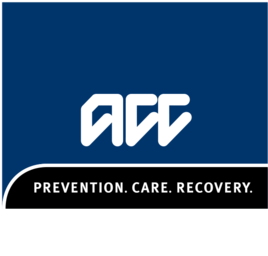
Click the images to be redirected to the resource.
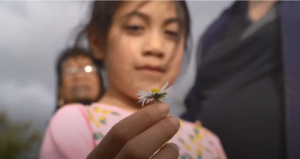
VIDEO: Safekids and ACC share why te reo Māori is important to them
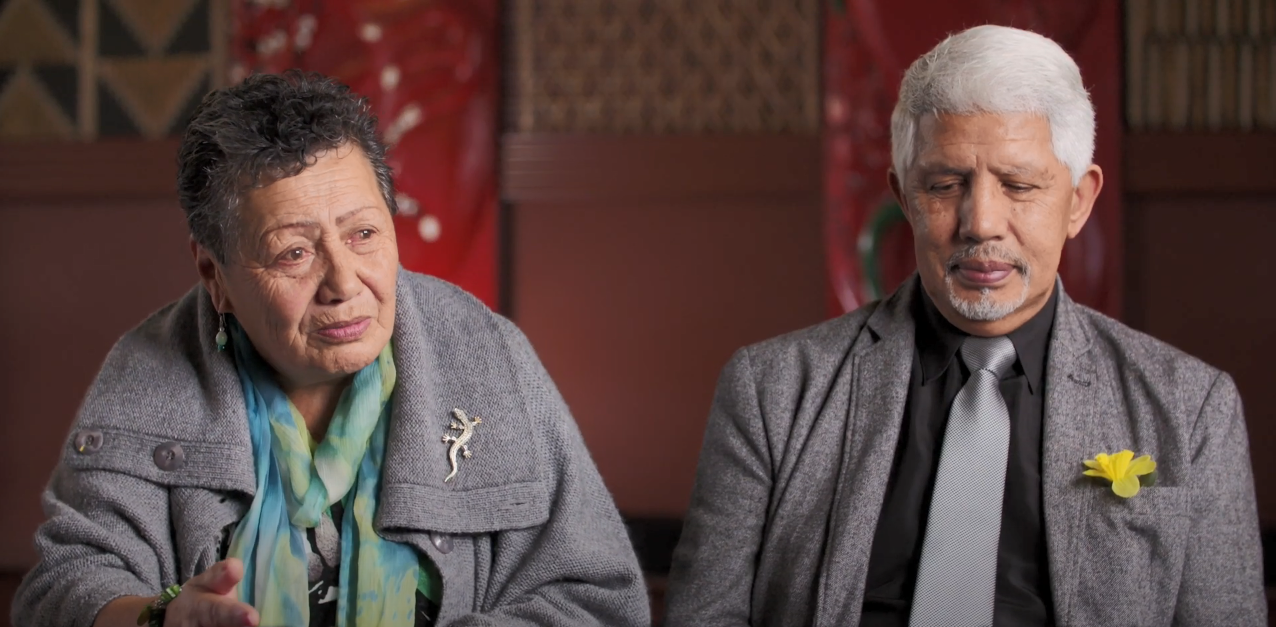
VIDEO: Lilla (Materoa) Te Tai & Sonny Niha's share mātauranga insights on injury prevention
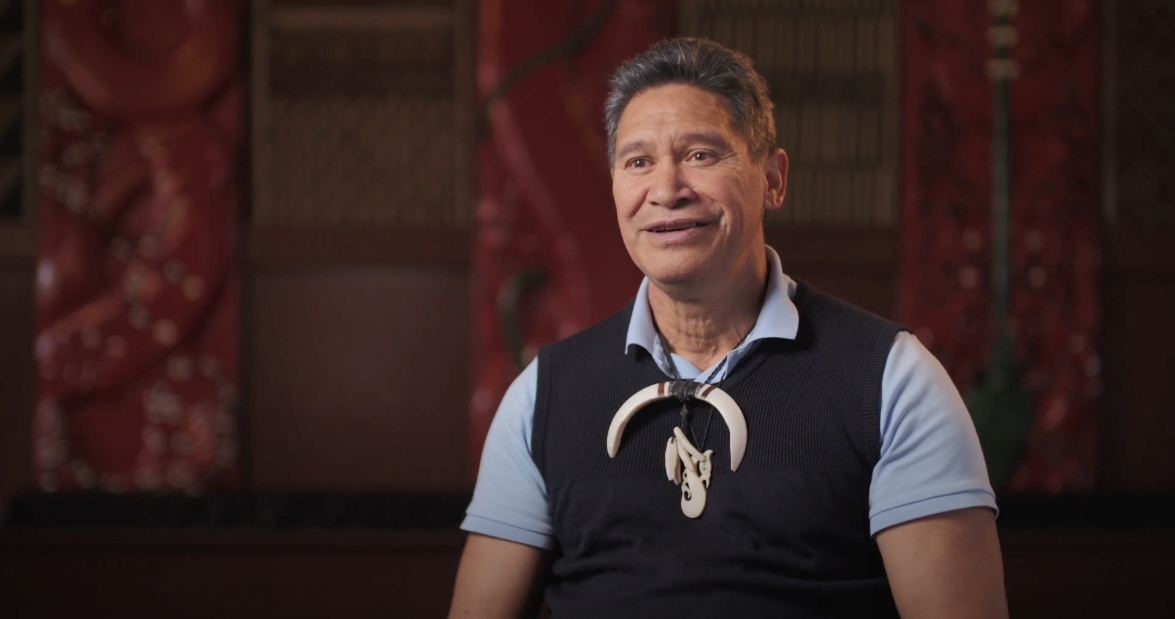
VIDEO: Blackie Tohiariki on traditional knowledge and whakapapa as tools for injury prevention
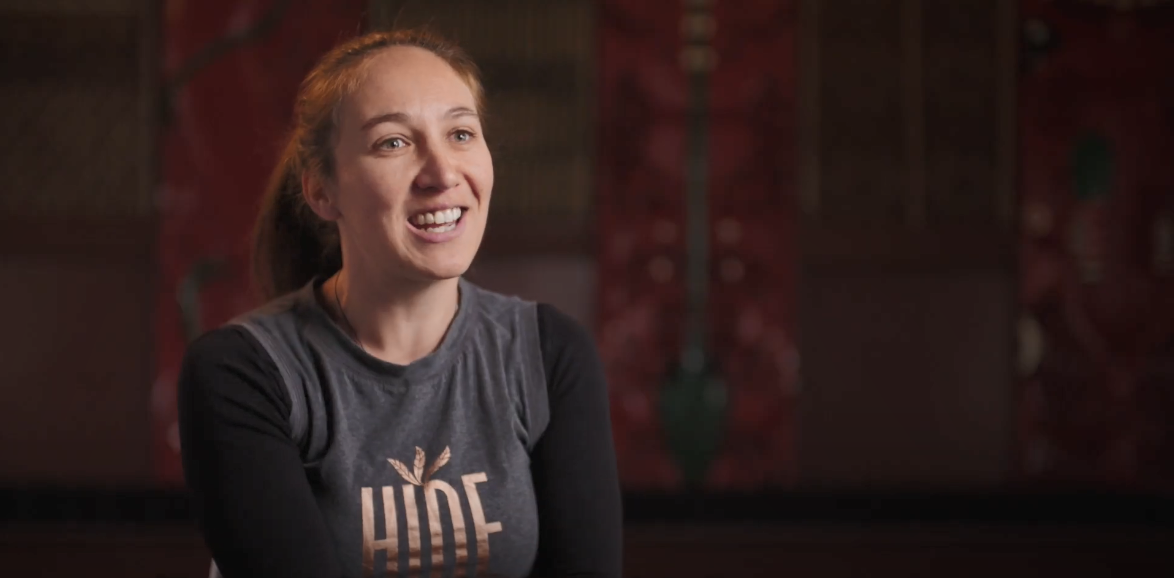
VIDEO: Hokipera Ruakere-Papuni tikanga o te Marae and atua connections for injury prevention
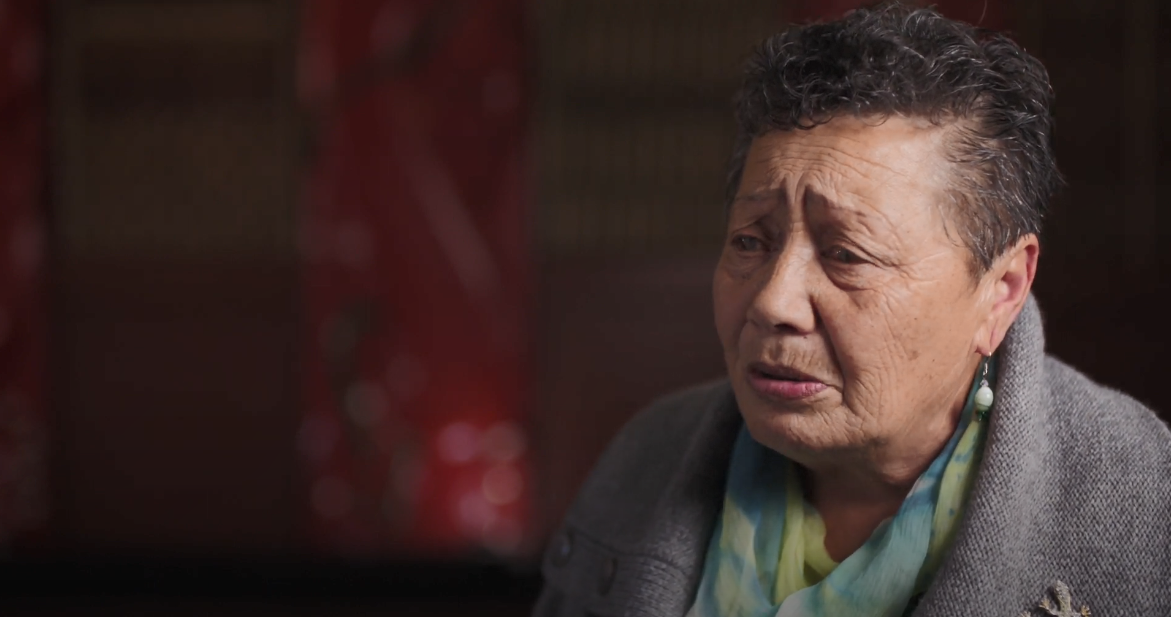
VIDEO: Lilla (Materoa) Te Tai Tū Hokianga Waiata
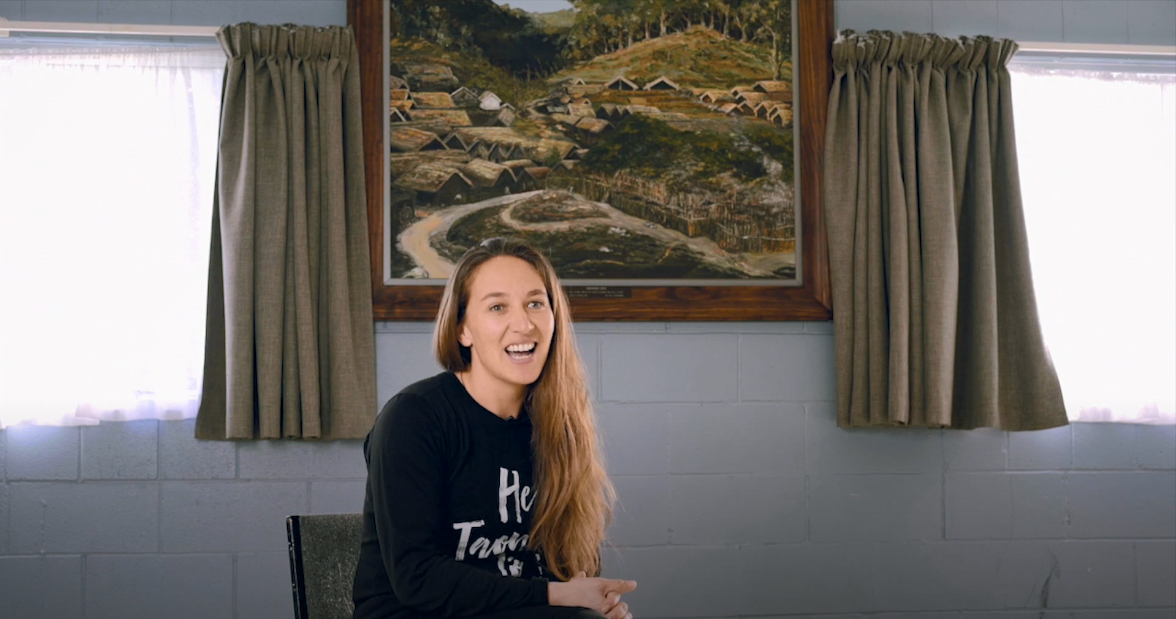
VIDEO: Te pepeha a Hokipera Ruakere-Papanui
Ngā rauemi ā-ipurangi (online resources)
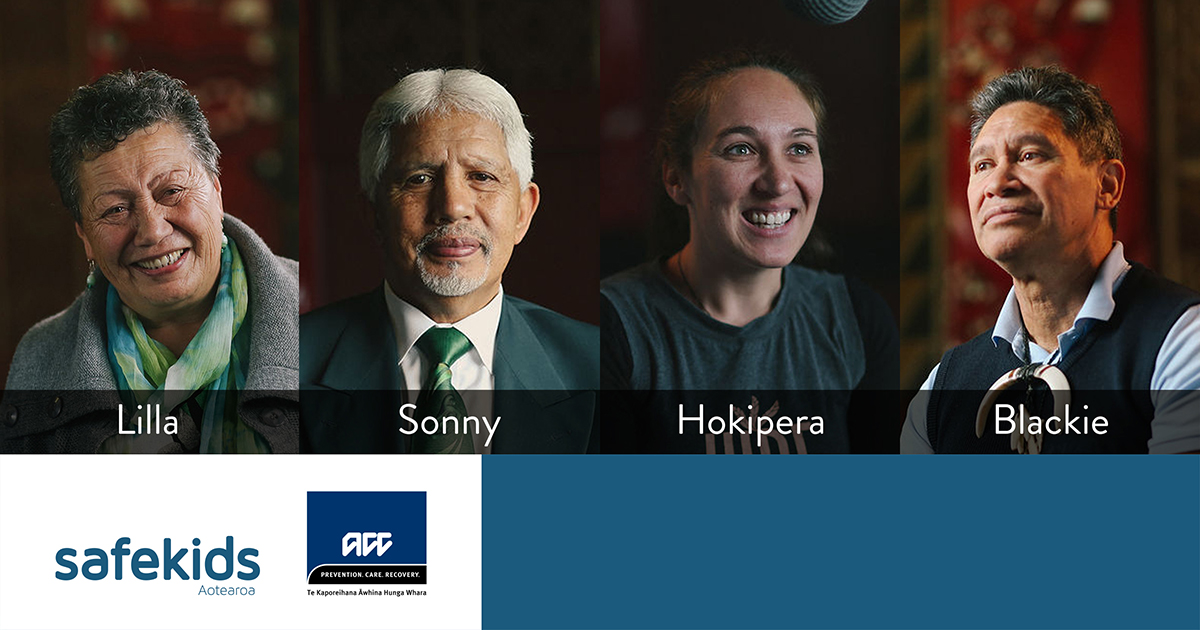
POSTER: Meet our Te Wiki o Te Reo Māori Taumata Advisory Group

POSTER: Te Pepeha a Blackie Tohiariki
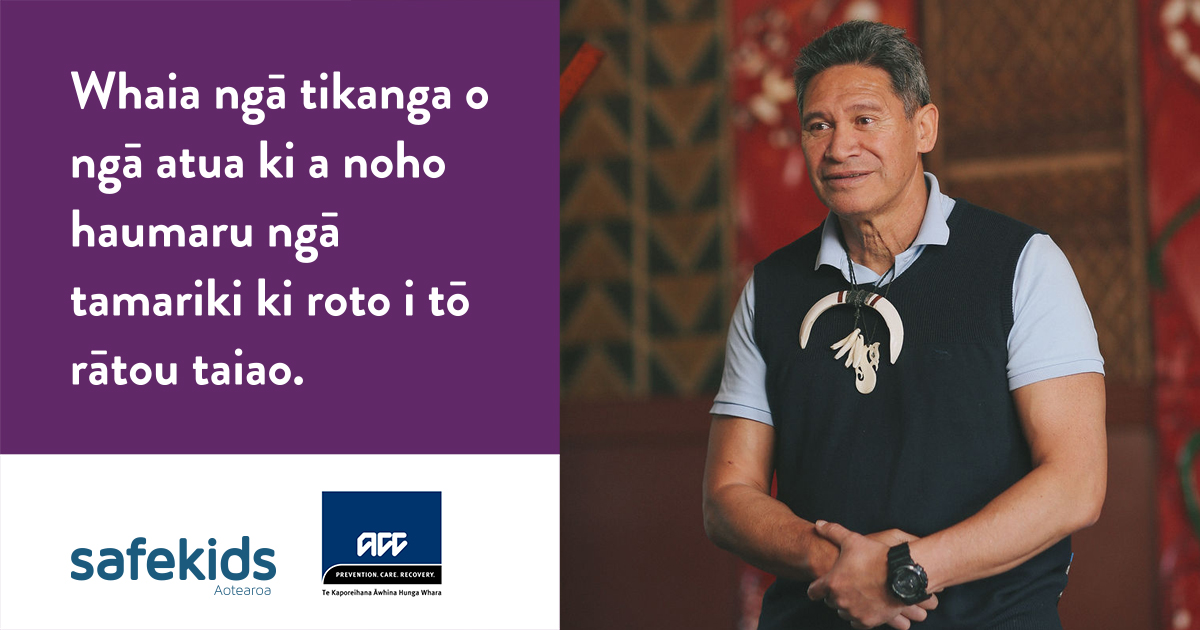
POSTER: Tikanga-ā-atua to keep tamariki safe
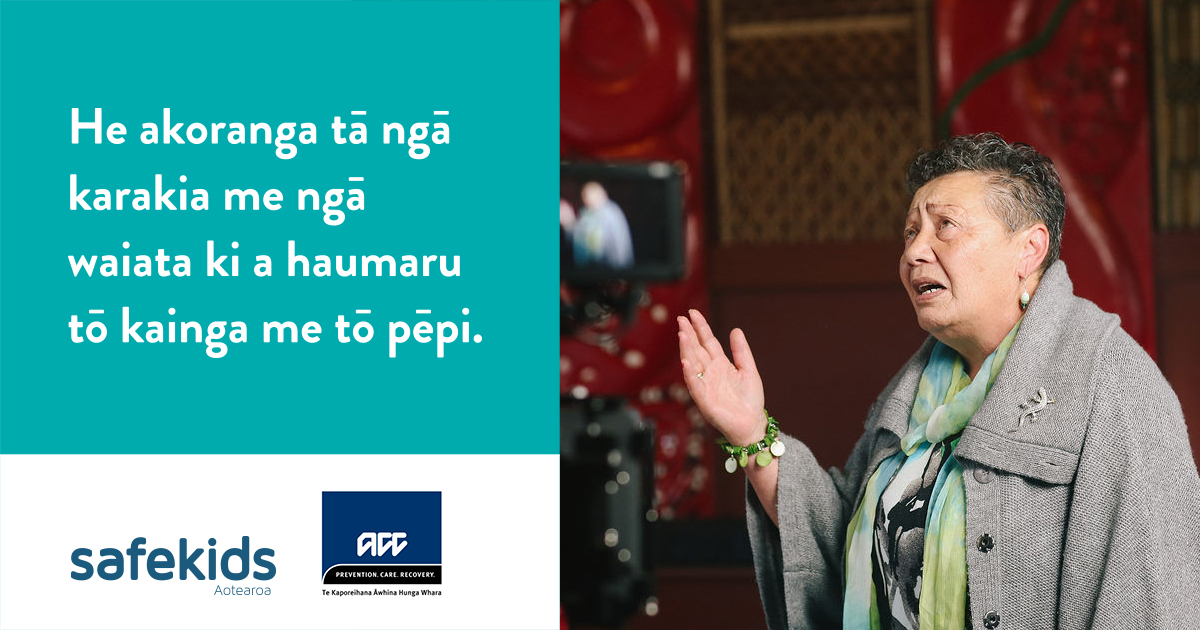
POSTER: Ngā Karakia me ngā waiata inform safe practices and learnings
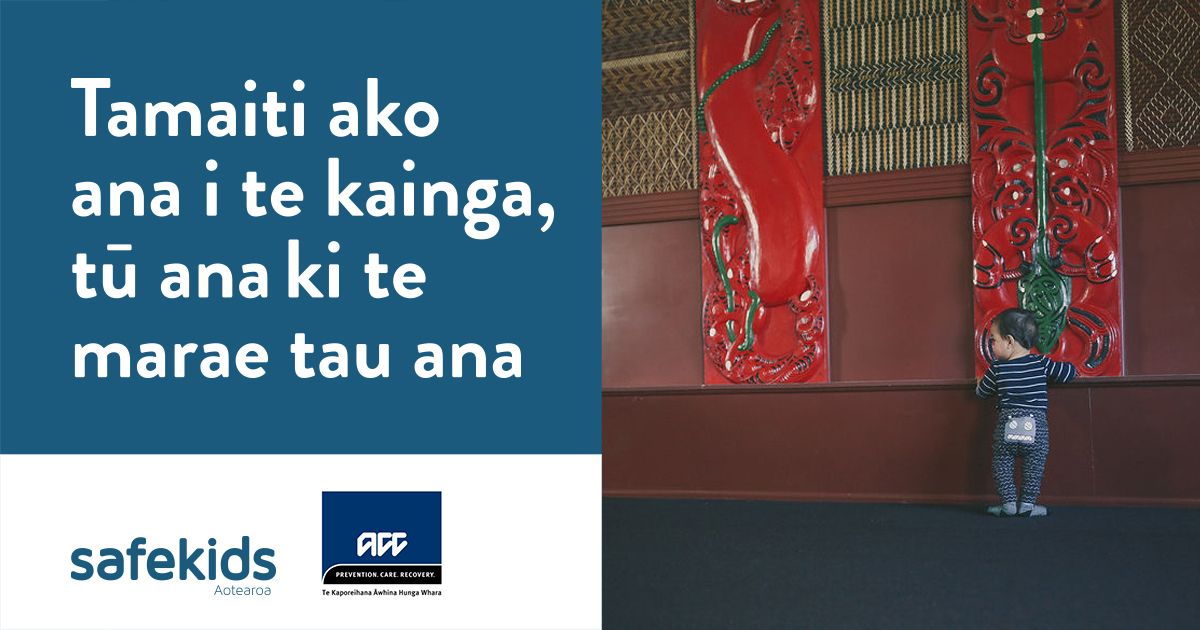
POSTER: Whakatauki - Tamiti ako ana i te kainga, tū ana ki te Marae tau ana
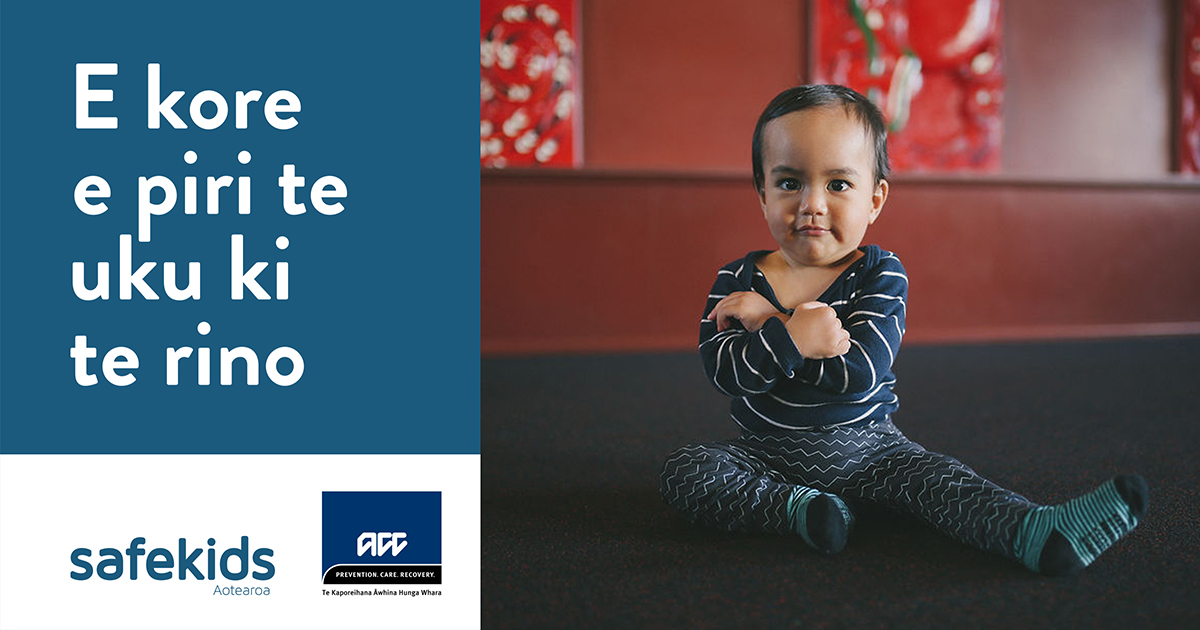
POSTER: Te Whiti's whakatauākī
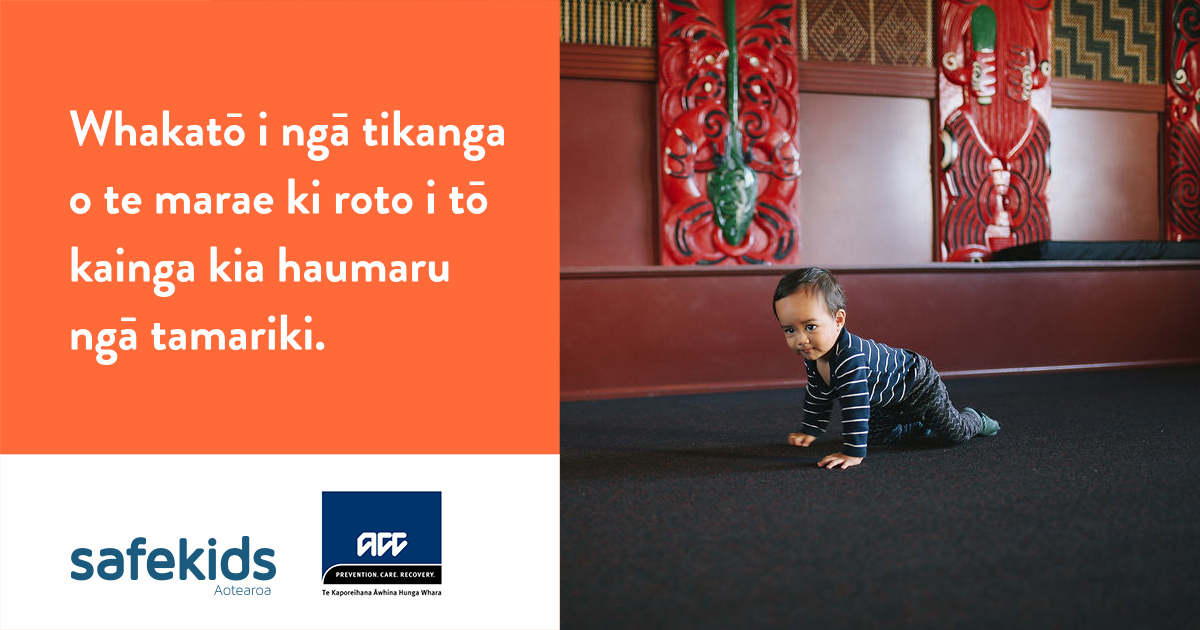
POSTER: Whakatō i ngā tikanga o te marae ki roto I tō kainga kia haumaru ngā tamariki
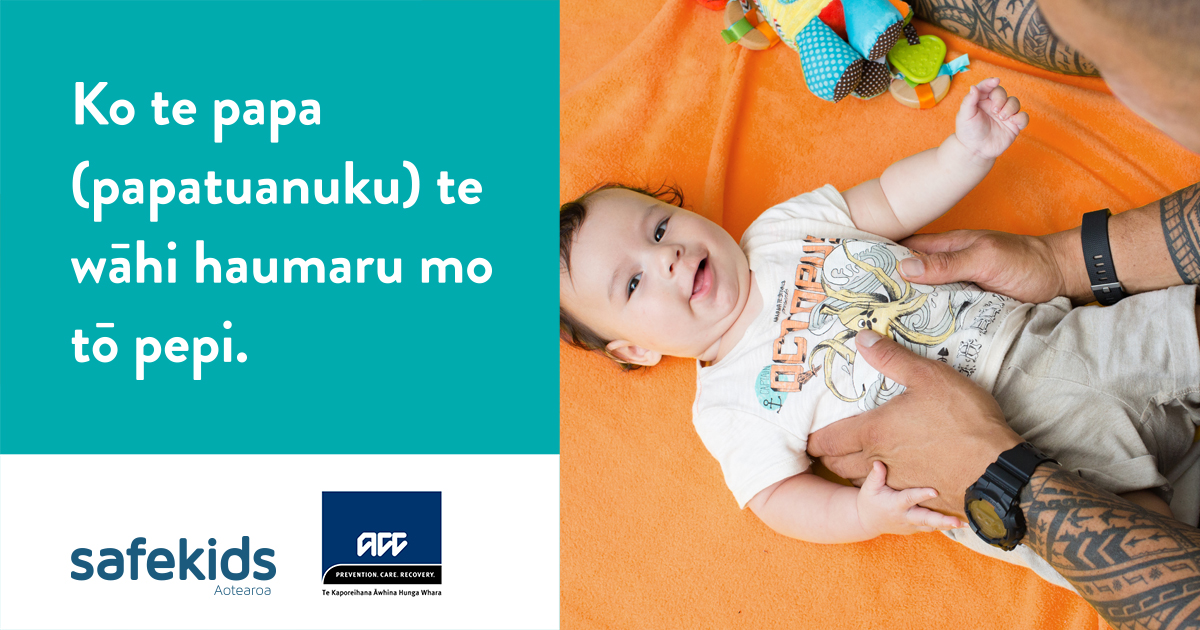
POSTER: Ko te papa te wāhi haumaru mo tō pēpi
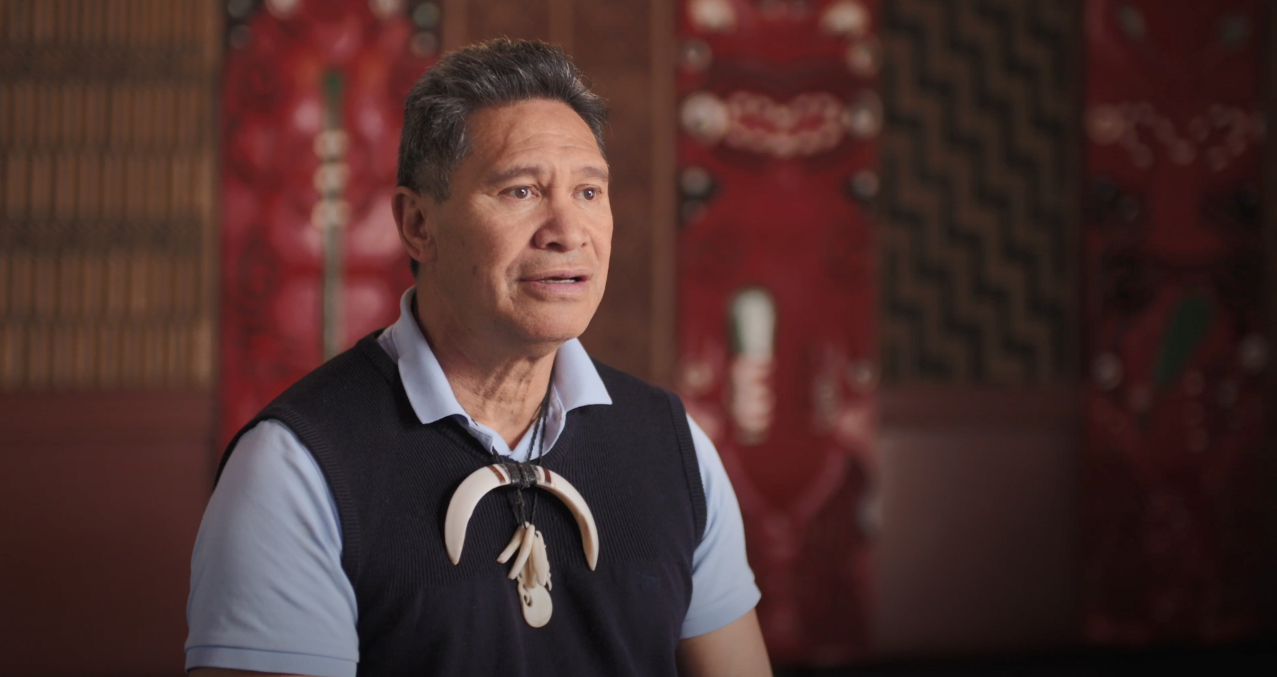
VIDEO: Blackie Tohiariki shares a karakia for injury prevention kaimahi, hui and te wiki o te reo Māori
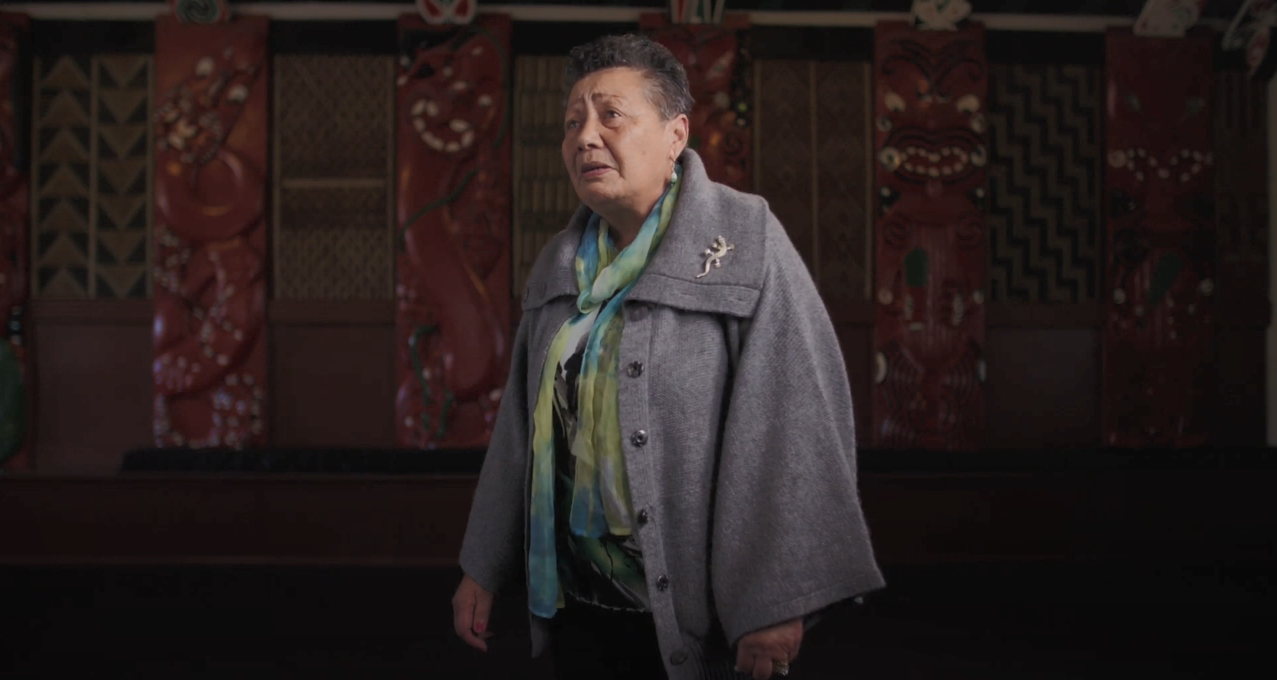
VIDEO: Lilla (Materoa) Te Tai I taku tūranga ake Waiata
Māori-centred/Māori owned websites
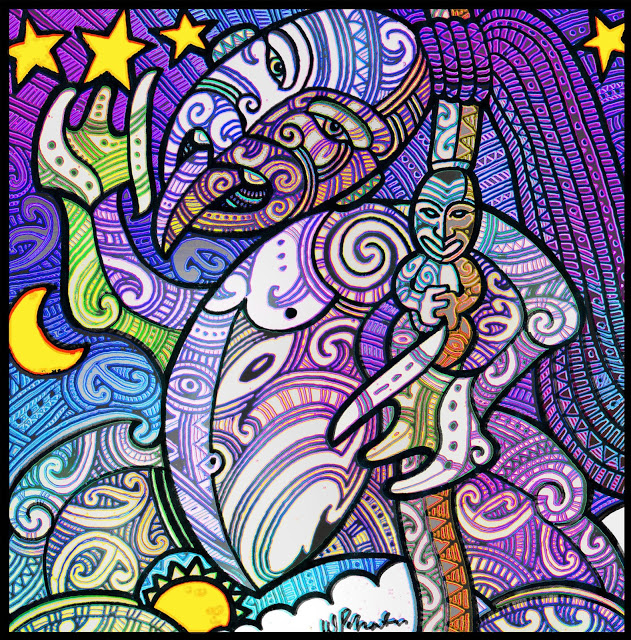
Pēpi penapena
Pūrākau provide oral histories and stories of parenting methods used by our tūpuna the myths and legends of old provide the blueprints for parenting practices.
Ranginui. Image credit: Warren Pohatu http://warrenpohatu.blogspot.com/
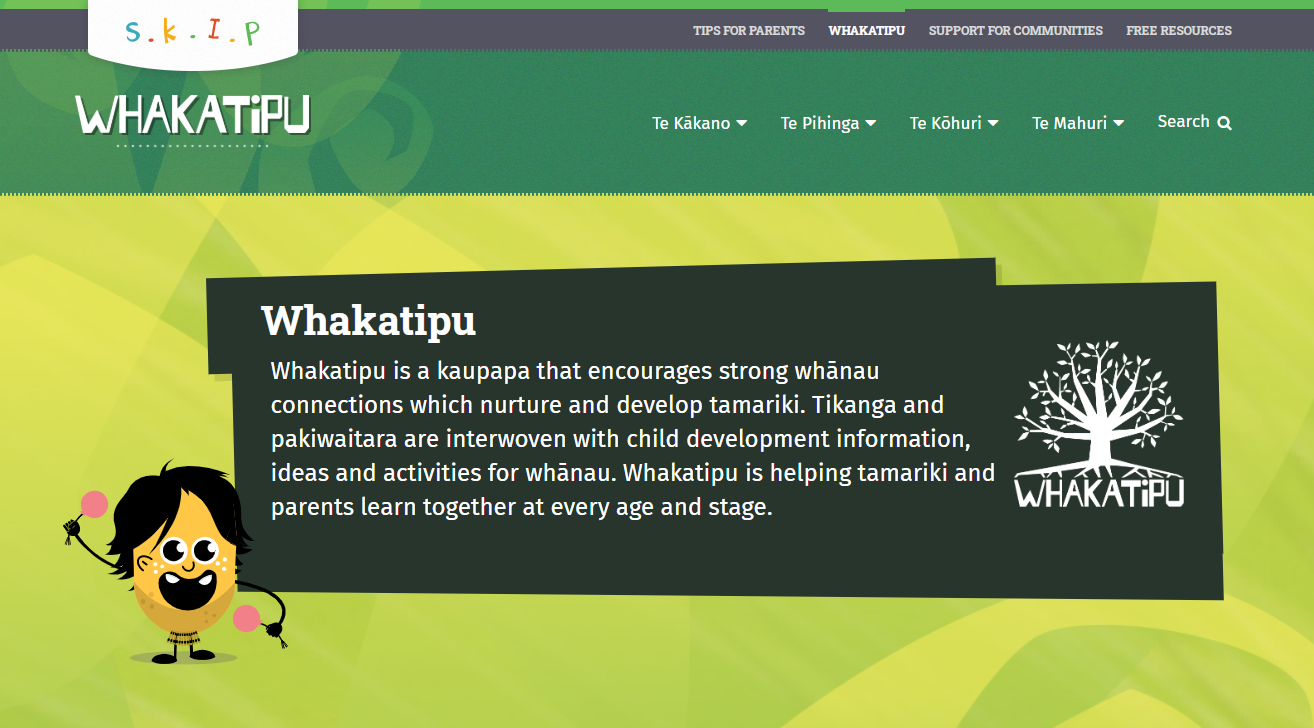
S.K.I.P Whakatipu
Whakatipu provides parenting resources that seek to encourage strong whānau connections that will nurture and develop tamariki. Tikanga and pakiwaitara are reflected in child development information and activities for whānau.
Whakatipu seeks to help tamariki and mātua (parents) learn together at every age and stage of development.
Visit site
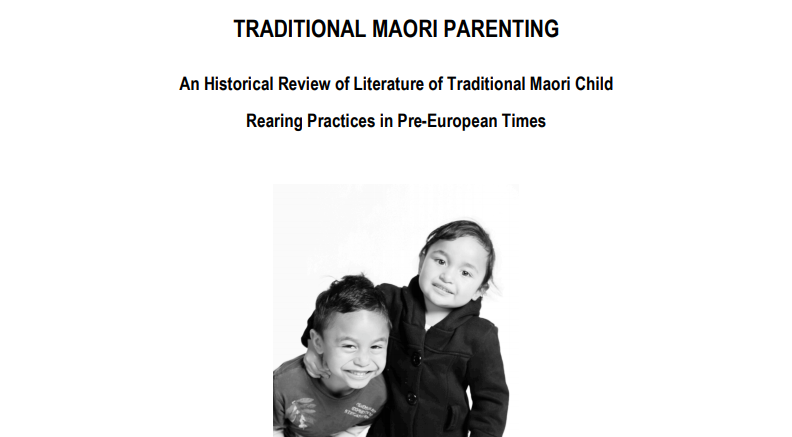
Traditional Māori Parenting Rangahau (Research)
Provides insights through “A historical review of literature of traditional Māori child rearing practices in Pre-European times.
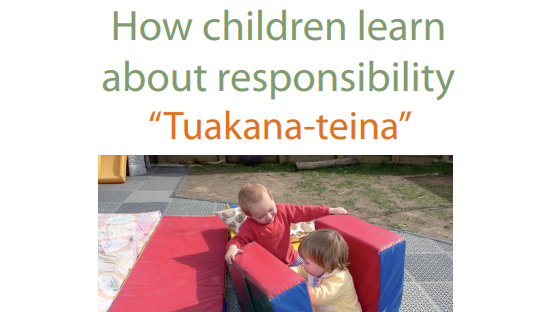
How children learn about responsibility "Tuakana-teina" rīpoata (report)
This report shares insights on tuakana-teina relationships implemented by non-Māori into their early learning centre that served as a powerful learning too for helping, sharing and responsibility with others and the environment.
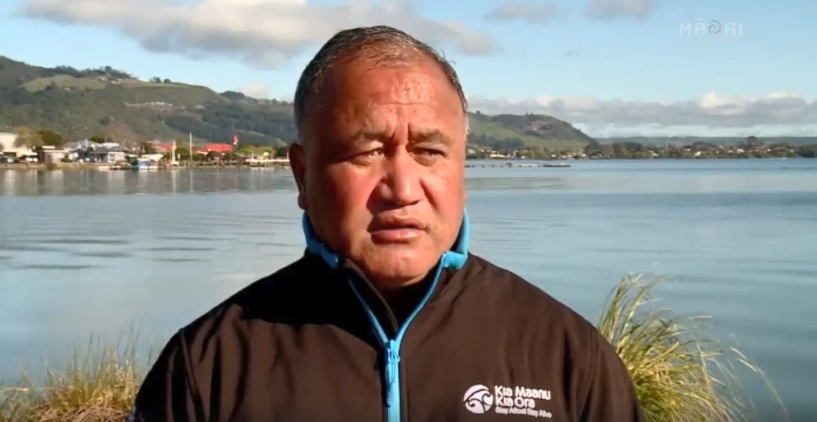
Kia maanu kia ora Māori approach to water safety
A Kaupapa Māori drowning prevention programme in Bay of Plenty delivered by Water Safety New Zealand alongside
Tangaroa ara rau, a collective of Māori who focus on the philosophy; ki uta ki tai (from the mountains to the sea) when thinking about Māori water safety
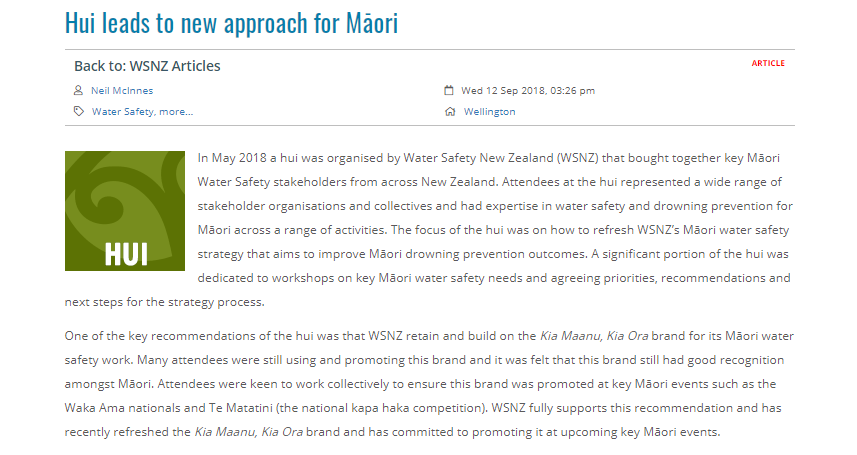
Water Safety New Zealand reveal insights on the process they undertook to implement a kaupapa Māori approach to water safety and the prevention of drownings.
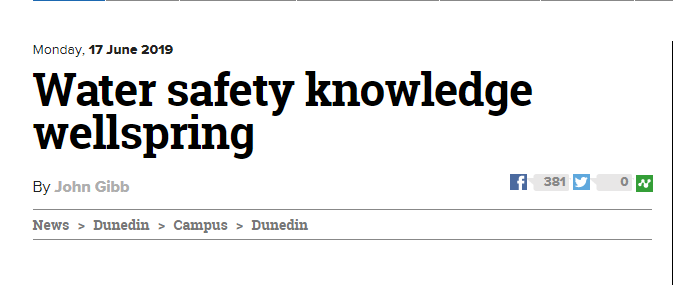
The Wai puna model has been fundamental in Water Safety New Zealand’s journey to implement a Kaupapa Māori approach to water safety for Māori and was developed by Māori researcher Dr Chanel Phillips.
Water safety knowledge wellspring
Research: Rangahau A Journey to Belonging: Explorations of Māori Perspectives of Water Safety
A journey to belonging: explorations of Māori perspectives of water safety. Chanel Phillips 2018
More Safekids Aotearoa Mātauranga Resources:
Pūrākau Trailer: Kia tau te Maungārongo ki te kainga tau ana - Injury Prevention (Want to share on Facebook? Click here)
Pūrākau: Kia tau te Maungārongo ki te kainga tau ana - Injury Prevention (Share on Facebook)
He Maungārongo Ki Te Kāinga Tau Ana + Waiata: Kia tau e Rongo (Share on Facebook)
Kia Tau e Rongo (Māori Subtitles) - Injury Prevention
Kia Tau e Rongo (English Subtitles) - Injury Prevention (Share on Facebook)
Kia tau e Rongo - Beginners Guitar tutorial (English) (Share on Facebook)
Download PDF : Chords & Lyrics sheet>>Kia tau - Play Through and Guitar Tutorial
Download PDF : Chords & Lyrics sheet>>Māori messages for falls prevention Kids Panel (Share on Facebook)
These beautiful tamariki share their thoughts and ideas about what messages they understand and took away from the "he maungārongo ki te kainga tau ana" pūrākau and "kia tau e Rongo" waiata.
